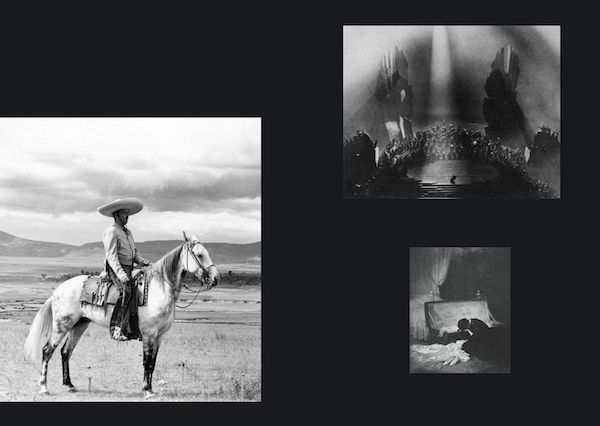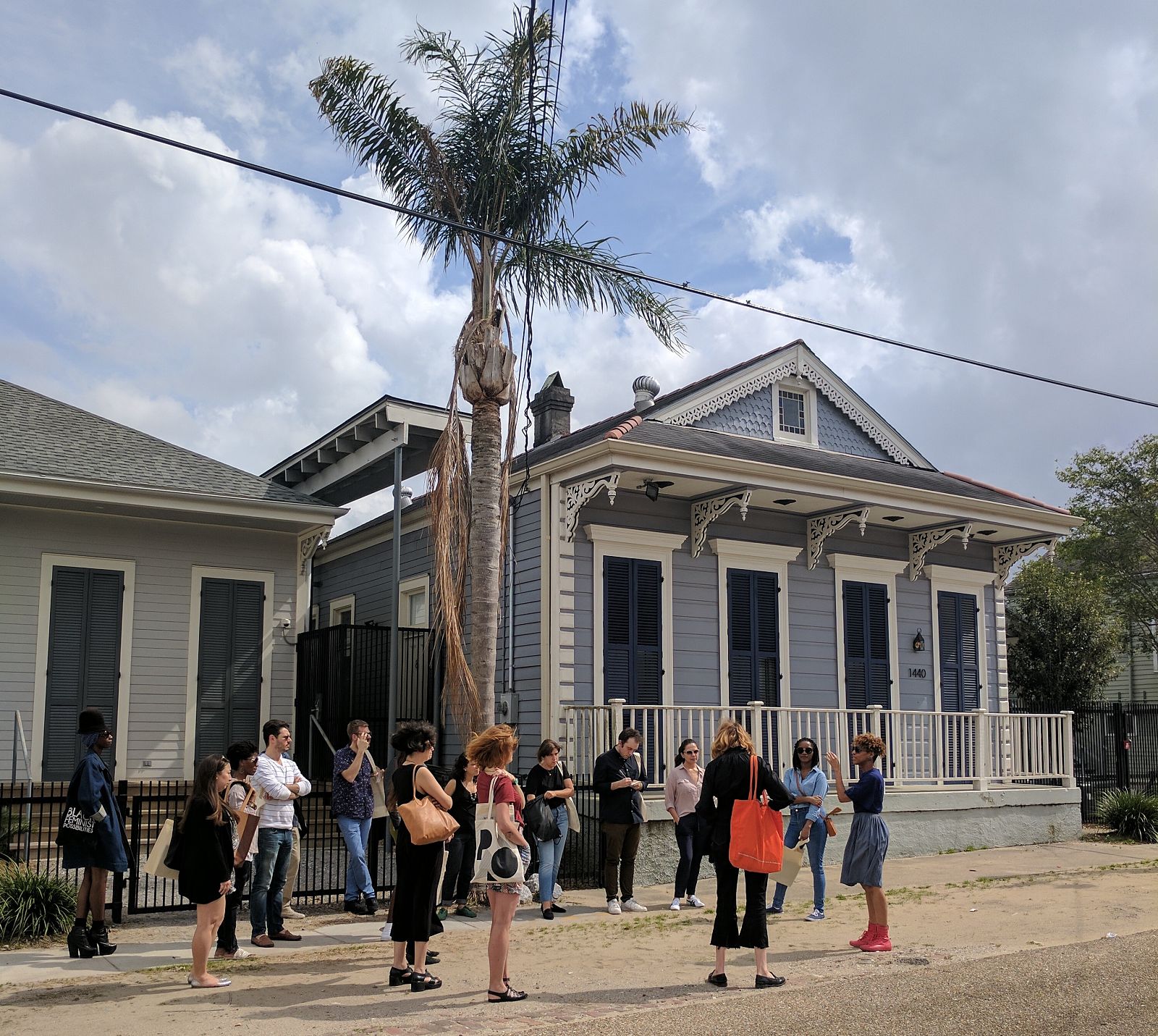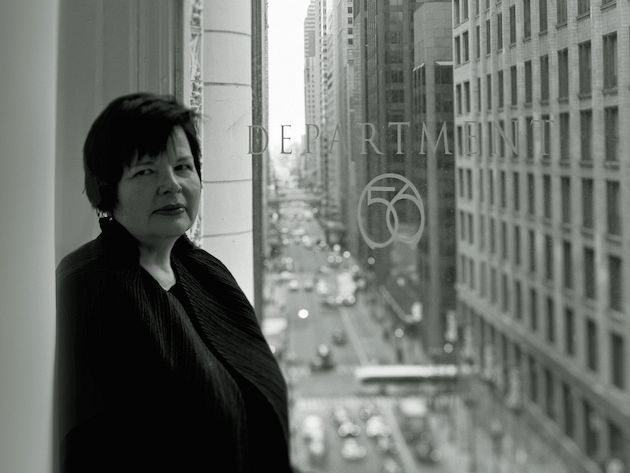For the 2013 ICI/SAHA Research Award
* The digital version of the full publication is available to read HERE.
OVERVIEW
Arabesk music is an important aspect in the Turkish cultural landscape. It seems to lend a voice to millions of people who have migrated from rural regions to the cities or abroad. But the genre-specific mood of arabesk music, with its desperate and gloomy melancholy, and the fact that it is modeled on Arabian music, also make it controversial in parts of the Turkish cultural landscape. Arabesk music is therefore an arena of ideological battles for cultural orientation, the fundaments of which go back to the foundation of the Turkish Republic with its far-reaching reforms.
In this field of tension, Zeki Müren’s arabesk music takes on a key position. On one side, he caters to and creates this emotional disposition toward resignation in his listeners, and on the other, he belongs to the country’s cultural Kemalist elite who usually reject this kind of music.
Our research began with the working title Beklenen Şarkı (The Expected Song), focusing precisely on this period of the performance ban; although Müren’s personal presence was curtailed, his seminal album Kahır Mektubu (Letter of Grief), which was released in 1981, was available to the public. While our research initially focused on Müren’s subversive use of the Ottoman language and its ability to produce ambiguities that break open the bipolar thinking of Western and Eastern culture, our perspective then shifted to the role of a specific form of sadness, hüzün. This dominant feeling eluded the reform efforts of the young Turkish Republic and unconsciously linked it to the Ottoman Empire. Like an archive, Kahır Mektubu stores all the implications of this emotion that bridges the massive socio-historical changes.
The core of our research consisted of activating this emotional archive in Kahır Mektubu via interviews. We attempted to view personal experiences of melancholy in the context of an emancipative self-empowerment, as perhaps claimed by marginalized publics. Based on the Turkish history of melancholy, one can understand the emotional state of a society or group. Social demands for or the sanctioning of certain emotions allow drawing far-reaching conclusions as to the strategies of disciplining in structures like a nation. We therefore understood emotions as psychosocial phenomena predominantly determined by specific power relations and social hierarchies. In the rejection of arabesk music on one hand, and its omnipresence on the other, these distinction efforts in Turkey are extremely memorable.
PUBLICATION
The interviews led to a bilingual (Turkish and English) publication in the style of a fanzine. It served to present the preliminary state of our research, with further contributions examining more detailed questions from the interviews, such as the significance of his voice and his break with the heteronormative image of the male. The following sections provide an overview of these contributions, supplemented by our insights on how these can be activated in an exhibition-like format.
One crucial approach was to understand the impact of the music especially from people who are not familiar with Turkish music and therefore not with arabesk music. For that reason, we asked the Mexican composer Alejandro Castaños to classify Kahır Mektubu with the means at his disposal.
“Duration is another key point. A long introduction, quite long for a popular song as we would conceive of it. It is as if our character needed a long red carpet before entering the main room. In a way it reminded me of a Baroque choral work in which the strings play for several minutes before giving way to the sung text, which enters with great determination. It bears mentioning that our character adds some spoken phrases (I imagine him to be explaining something) while he "walks across the carpet." [...] If it is an experimental song, it might dare to be seven minutes long, thereby losing any hope of radio broadcast. 28 minutes? Just the introduction takes up almost the whole three minutes that one of our songs would last! [...] We don't have a way to process anything like it, and one would be inclined to think of music of such duration as being associated with some sort of ritual. At first I thought that it was a series of songs put together (and so we could indeed describe what we heard), except for one small detail: the melody presented in the opening (what we would call a song's refrain, the phrase that gets repeated and which will probably stay in our heads once we've finish listening to it), comes back sporadically, in a very pointed way, anchoring us to a single stroke, small fragments united through short cuts that ultimately shape a single line. This phrase, which has all the characteristics of a main theme (it is simple, apprehensible, and memorable) appears three times, the last of which in order to conclude and, at least on a formal and affective level, it would seem that it is showing us the way.”

INTERVIEWS
Based on the specific piece of music from Kahır Mektubu, we wanted to learn more about the feeling of sadness but also about themes such as: the nation, the public, heteronormativity, and Zeki Müren’s voice. For this purpose, we developed a standard questionnaire that we sent to various individuals. In the end, eight people participated. Below are short excerpts from the interviews:
Question: Zeki Müren’s LP Kahır Mektubu was released in 1981; the eponymous song on the album has a length of 28 minutes, unusual for a piece of arabesk music. Do you remember when and where you heard this piece for the first time? Were you able to listen to the full length of the song then and how do you personally relate to it?
Answer: I can’t recall this song from my childhood. The first song of his that I remember is Yağdır Mevlam Su (My god, let it rain). I must have been three or four years old. We sang this song with my mother when it rained. When Kahır Mektubu first came out, my parents weren’t even married yet, and it was four years before my birth. I heard the song much later, during my time in college. This work makes me think of how the contributions to orchestration of masters like Münir Nurettin Selçuk resonated with composers such as Orhan Gencebay. Meral Özbek, in her book "Popular Culture and Orhan Gencebay", writes at length about how Gencebay and the arabesque attitude were transformed through Özal’s politics. With this background Kahır Mektubu does not surprise me since it is from 1981; the beginning of a decade of internal migration, gecekondulaşma (shanty town settlements) and the transformation of gecekondu residents to home-owners. 1980’s Turkish politics is a whole different subject but it is very important how Özal recognized the potential significance of these people banished to the outskirts of the city as voters, and embraced them − at a time where everyone else shunned them. During this period, Müren’s release of such a work can be read as the 80’s Arabic influence on music. He performed it in an educated way, as Murat Belge puts it, as far as I remember in his book "Tarihten Güncelliğe" (From History to the Present), almost like an oratorio. Looking back, I can say that this work is a sign of the acceptance of the Arabesque genre during this period: an effort to furnish it with an educated accent, and a reaction to the Arabic music led by big names such as Umm Kulthum. The first thing that springs to my mind when I hear this song is the Özal government and its efforts to outreach through privatization in 80’s Turkey.
Question: Zeki Müren worked with complex and grave atmospheric pictures in his pieces. Sorrow and gloom are prevailing feelings on the album Kahır Mektubu as in most of his music. He sings about the pain of separation, severe lovesickness, his loneliness, and the hope that love will prevail. What feelings and moods does the piece Kahır Mektubu trigger in you? Some moods stand for a specific situation in life and later on lose their impact on the present; other moods “tinge” one’s entire life. How familiar are you with the atmospheres that Kahır Mektubu gives rise to? Do they have a place in your life and how relevant are they?
Answer: The predominant emotion is hüzün. It is grief over loss, but it is mock-grief. The feeling I get from it is pretending to grieve over something that is not coming back; a time that is lost. Experiencing loss as a pretension is a sentiment I’m familiar with. A strange thing. It is the result of not knowing what you have lost. Trying to articulate something you do not know brings along the grief and satisfaction of perpetual loss. Strangely enough this sentiment causes a national feeling of union. Then there are no individual streets, spontaneous protests−an extended mood, a common mood, a country of spirits.
He sings that he is “drinking us” and not “drinking to us.” He sings, “No friends left to fall back on.” The discourse of “We can not rely on anyone but ourselves.”
In my daily life it all plays a role: hüzün, sadness, joy, laughter, crying while smiling. Even the sentence, “Oh friend! How we cried, how we laughed!” It all happened. We cried and we laughed.
Question: Zeki Müren’s voice was often described as androgynous (especially since the famous radio broadcast of 1951 that made listeners uncertain of whether it was a female or male voice) and was perceived, perhaps precisely for this reason, as captivating and timeless. In occidental culture, there are several examples of the fascination aroused by the voices of genderless beings. Particularly well-known are the sirens (that were later often depicted as luring chimeras, half woman, half bird) from Homer’s Ulysses saga. The genderless voice seems to free its owner from the burden of identity, partially making an impersonal impression. Yet this also leads to an ambivalence regarding sexuality in general, which appears not to play a role, and homosexuality in particular, which Müren kept a secret due to social conventions. The incorporeity of the perfect technique of modulation of his voice stands in contrast to his lively and needy body. The body shimmers through his voice, referring to its materiality. Which adjectives would you use to describe Müren’s voice, which refers to his corporeality? Could you now try to talk about it without using any adjective? (Maybe through an experience even if it seemed narratively unrelated.)
Answer: In terms of corporeality I thought of these adjectives: Rund (difficult to translate this German word, but this is what I thought of firstly and prominently, so I will include it), penetrating, sincere, smooth, fragile, and strong.
[...] Every time I listen to Zeki Müren I can see him in my mind’s eye. As soon as I hear his voice I recognize Müren, and this probably holds true for everyone familiar with his music. After this initial recognition you can’t just listen; his face materializes, and I can visualize his body language, his facial expressions.
HETERONORMATIVITY
While sadness prevailed in arabesk music, Zeki Müren countered this feeling with his flamboyant stage costumes that were partially modeled on pop music or subtly alluded to historical costumes (going back to Roman antiquity). With them, he deconstructed the heteronormative image of the male. Maintaining these ambivalences in regard to sexuality and gender require a strong positioning toward a heteronormative force that demands adapting to the constructed normality as a matter of course and imposes sanctions on deviations. In her text, “The devil is the devil because he is not on stage,” Alejandra Labastida compares Müren’s strategies with a figure from Mexico, Juan Gabriel. The fact that Zeki Müren kept the private and public domain of his life separated, why he perhaps was so often referred to as a good citizen, poses some questions such as: Would it be possible to argue that this civic compliance was actually a cover for the infiltration of another kind of space? An in-between space in which a bond of intimacy and complicity with the audience was accomplished, allowing the suspension of the official authoritative system of production of subjectivity?

POLITICS OF SADNESS
In “The Endless Grief,” Gürsoy Doğtaş uses the references in Kahır Mektubu to examine the sociocultural discourse of sadness. In this context, he grasps Kahır Mektubu as an homage to Egyptian music, especially to the late musical style of Umm Kulthum (1904-1975). Müren also takes up the ideological battles from the time when the Turkish Republic was founded, when the attempt was made to ban Egyptian music from public radio and television in a targeted way. Doğtaş seeks to explain why Müren’s music could not be eliminated from the public sphere despite the ban on performing. The impressive achievement of Zeki Müren’s voice lies in the fact that, although he is banned from the public as a person, it functions as a kind of prosthesis for all those whose voices are deliberately or unintentionally not heard. The lyrics dealing with endless pain prompt the listeners to take action—for if everything is already lost, one can only win when using one’s voice. In this regard, Müren literally lends a voice to sadness; the biopolitics of Turkey is exposed. The feeling of hüzün and the physic of his voice open up a dimension that eludes not only the strategies of disciplining and the narratives of reason, but also a societal concept that is based on the exclusion of the many and the suppression of their feelings.
THE THEORY OF THE VOICE
We found two canonical texts particularly valuable for our publication and therefore reprinted them in this context.
One is the text “Deconstructing Voice” (1996) by the Slovenian philosopher Mladen Dolar. Starting with “Plato’s Pharmacy” by Jacques Derrida (an advocate of “phonocentrism”), Dolar argues that the voice is not to be understood merely as a metaphysics of presence, but as possessing a dangerous underside. It dislocates presence and does not only support the Logos but also dismantles it. In relation to Müren’s voice, this text initiates its localization between biological life and social being.
In regard to arabesk music, Martin Stokes’s “The Republic of Love – Cultural Intimacy in Turkish Popular Music” was one of the most crucial sources of reference. This fundamental text is also accessible for those who don’t speak Turkish. We reprinted the subchapter “The Virtues of the Voice” from the chapter “Zeki Müren: Sun of Art, Ideal Citizen.”
The insights gained from this publication open up several avenues for us. We could follow the ambiguity of sadness that consists in bearing traits that are both anti-emancipative (i.e. problems are regarded as personal fate, entirely depoliticized, and responded to with a sadness with which one abandons oneself to helplessness) and emancipative (i.e. resistance against the state’s strategies of discipline and suppression that seem to ignore homesickness and feelings of alienation). Its role and potential to destabilize the public could be questioned together with activists and artists.
Another avenue is to further examine the feeling of hüzün crystallized in the publication in regard to the history of emotions and contextualize it with other artifacts that cannot be reified to objects either. Since the transience of the feeling cannot be embedded in a classical exhibition, usually developed based on objects and artworks, the aim would be to look for or create formats focusing on the exchange of experiences.
No matter which avenue we take, we are convinced that this complex feeling of hüzün, melancholy, as it is sung in a masterly fashion by Zeki Müren in Kahır Mektubu, can be fathomed in a collaborative examination, discursivity, and retracing.







